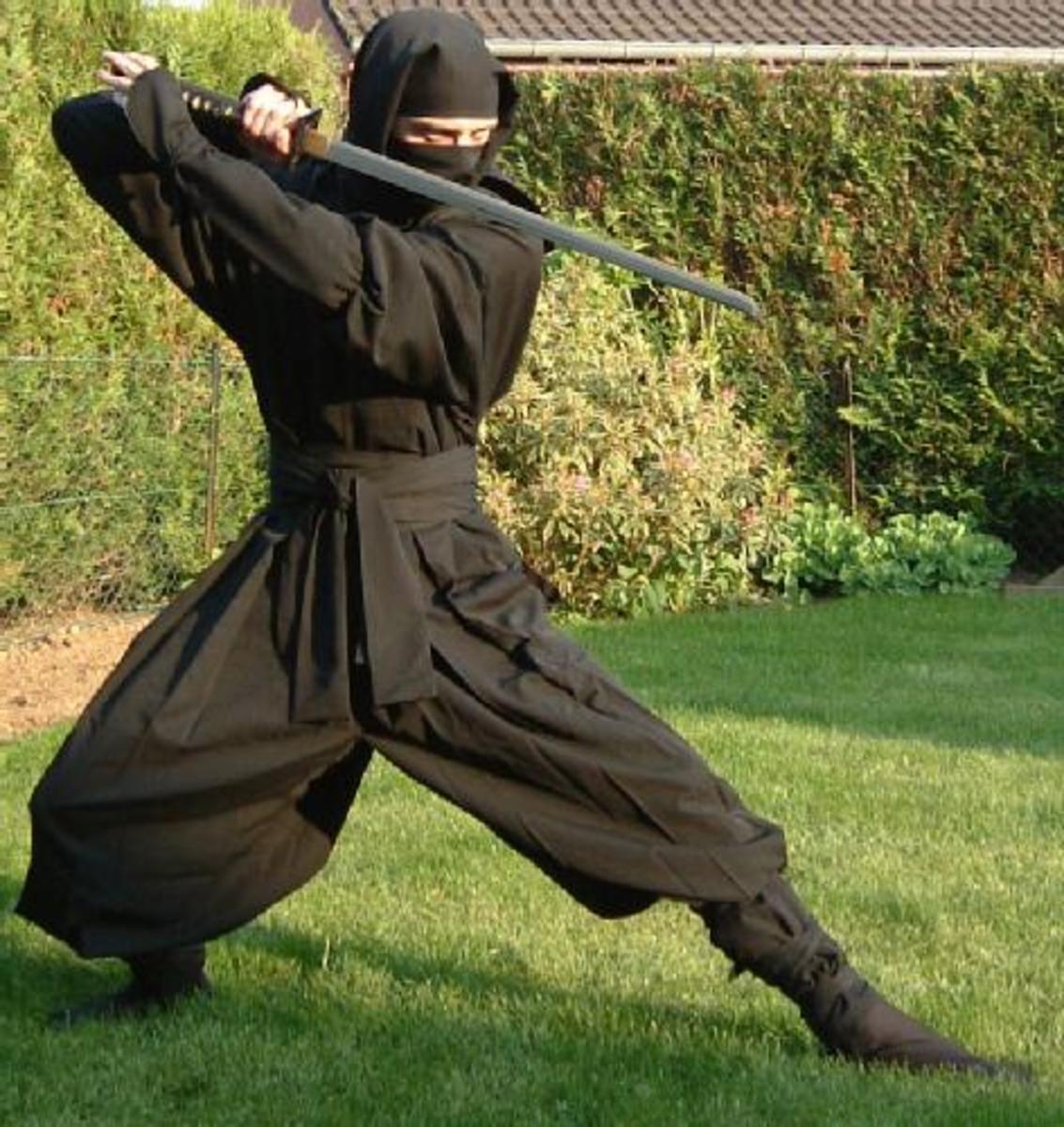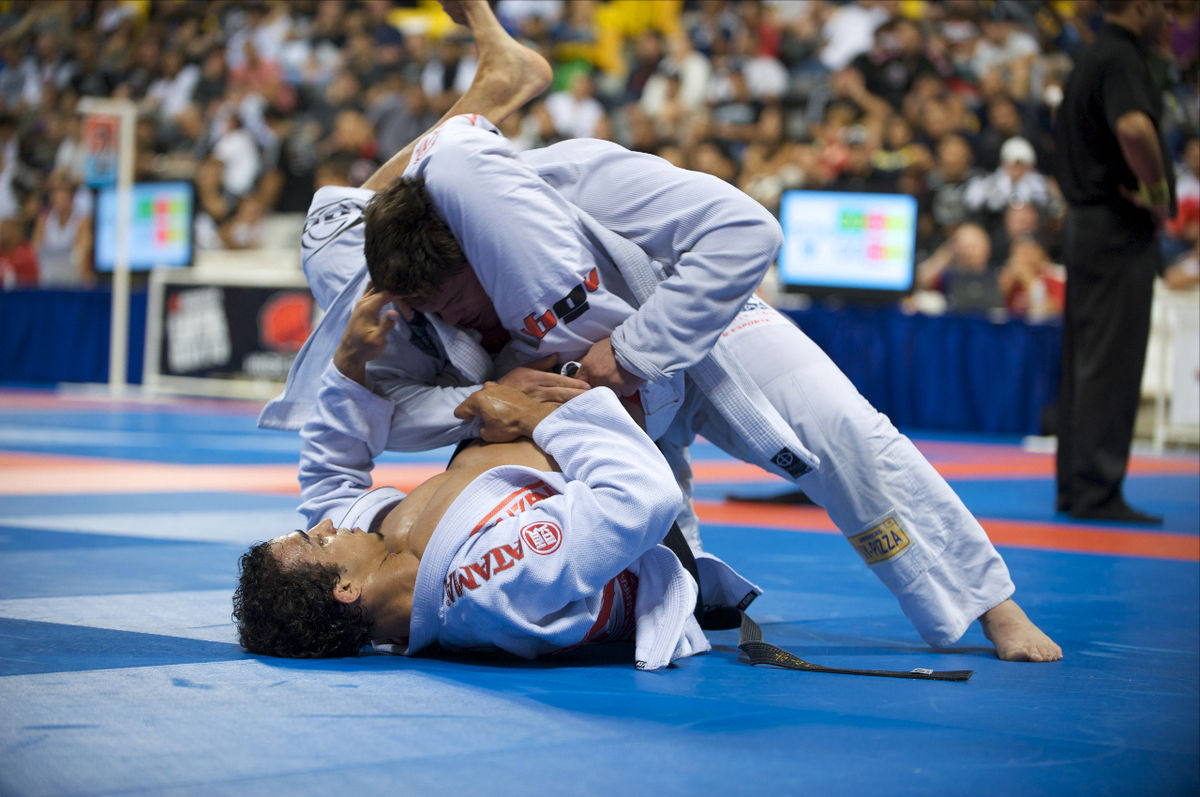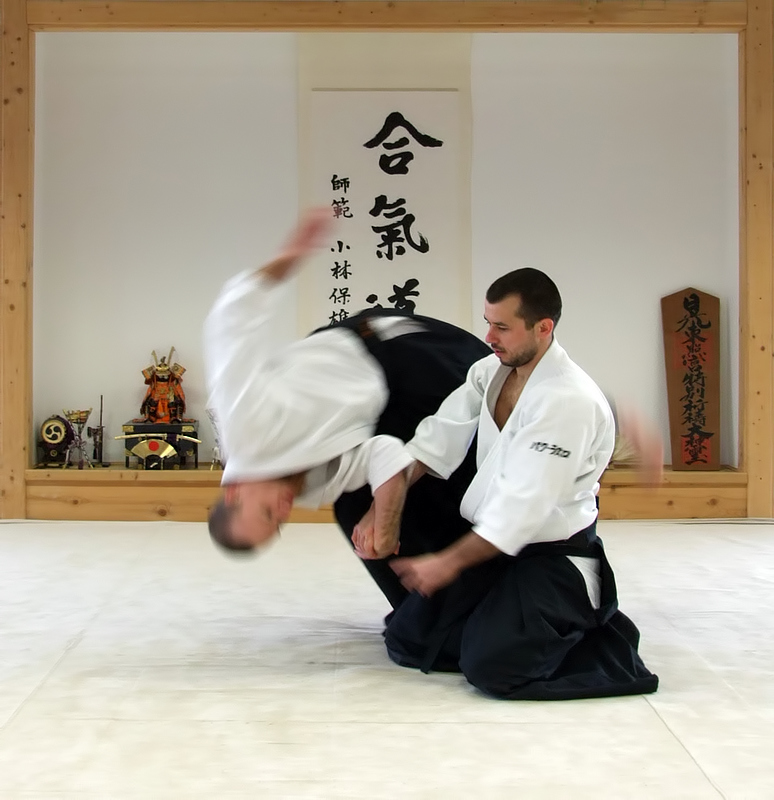A Moment in Hockey History – The Face Mask
Many people will be surprised to learn that professional hockey goalies played without any face protection until nearly 1960. Pucks can be hit at speeds up to 160 mph, and goalies used to get bruises and gashes on their face regularly during a hockey game.
The first goalie to wear a mask was Jacques Plante, a highly respected player with the Montreal Canadiens, and one of the legends of hockey. He was an odd fellow, prone to asthma attacks, and to getting more injuries than many other hockey players. He preferred reading books and painting over going to parties with his teammates. During his career, he had gotten more than two hundred facial stitches. In that era, a few hundred stitches were not highly unusual for a hockey player, but generally they were not just on the face. He also had had two broken cheekbones, four broken noses, and a fractured skull. Before Plante, several goalies had tried to use masks, but they were wire (similar to ones used by baseball catchers) and impaired vision to some extent.
As the 1958 hockey season was coming to an end, Plante was injured when a puck hit his forehead. A member of the audience that worked in fiberglass wrote Plante a letter, and explained how he could make a mask molded to fit Plante’s face, and strong enough to protect it. Plante agreed to sit as a model for the mask, and to wear it during the next hockey season. He brought it out during the preseason games, and was laughed at and criticized by the hockey community. His coach in Montreal was sure that the mask reduced his vision and asked him not to wear it. About two months later, Plante was in a game when someone hit a backhanded from the side of the net. There were too many players around the goal for Plante to see the puck, and the puck sliced into the side of his nose, which bled profusely. It took seven stitches to close the wound.
Plante would not go into the next game unless he was allowed to wear his mask. Since the Canadiens were traveling, the rules at the time required the host team to provide a backup if the goalie became unable to play. Teams in the 1950s did not travel with backup goalies, and the goalie that the home team found was overweight, nearly forty years old, and had not played recently. The coach of the Canadiens decided to let Plante play, for he would be a much better choice for goalie even wearing his mask. The Canadiens won that game, three to one.
Further, Plante contributed to the Canadiens winning the next eleven games in a row, all while wearing his mask. To make sure that the mask did not impair vision, his coach still required that Plante have an eye exam while wearing his specially designed mask. Two other goalies joined Plante that year, and slowly the practice spread. The last bare faced goalies were seen on the professional hockey circuit appeared in the early 1970s.




